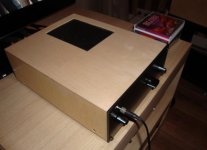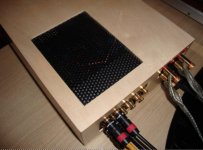Oh, it's not that off topic. PSRR on the UcD 180HG and 400HG is only 65dB and isn't speced as a function of frequency. So, depending on the shape of the curve, it's potentially quite low by 20kHz---though based on the THD behavior I'd guess it's probably fairly flat. Not bad by class D standards but I'd still expect performance to be fairly sensitive to the supply. Presumably Hypex developed the HxRs for a reason. 😛
Looks like PSU2 uses only a basic trafo model, unfortunately.
Looks like PSU2 uses only a basic trafo model, unfortunately.
Yeah. Recent example here.So what you do is actually kind a RF layout with caps additionally (?) shorting to a ground plane?
I have the SMPS180, but cant recommend it. It runs very very hot (will shut down if you don't have proper ventilation), and is actually more expensive than the SMPS400! Hypex has discontinued the SMPS180, so I guess it will not be available much longer either.
I used the ucd180 because they have good specs and are cheapest in the range and I improved the opamp.
As long I do not under stand why a hrx shout be better.
My amp is build of spare birch multiplex pieces and other stuff that laid around. Next step I am working on build in a 24bit DAC.
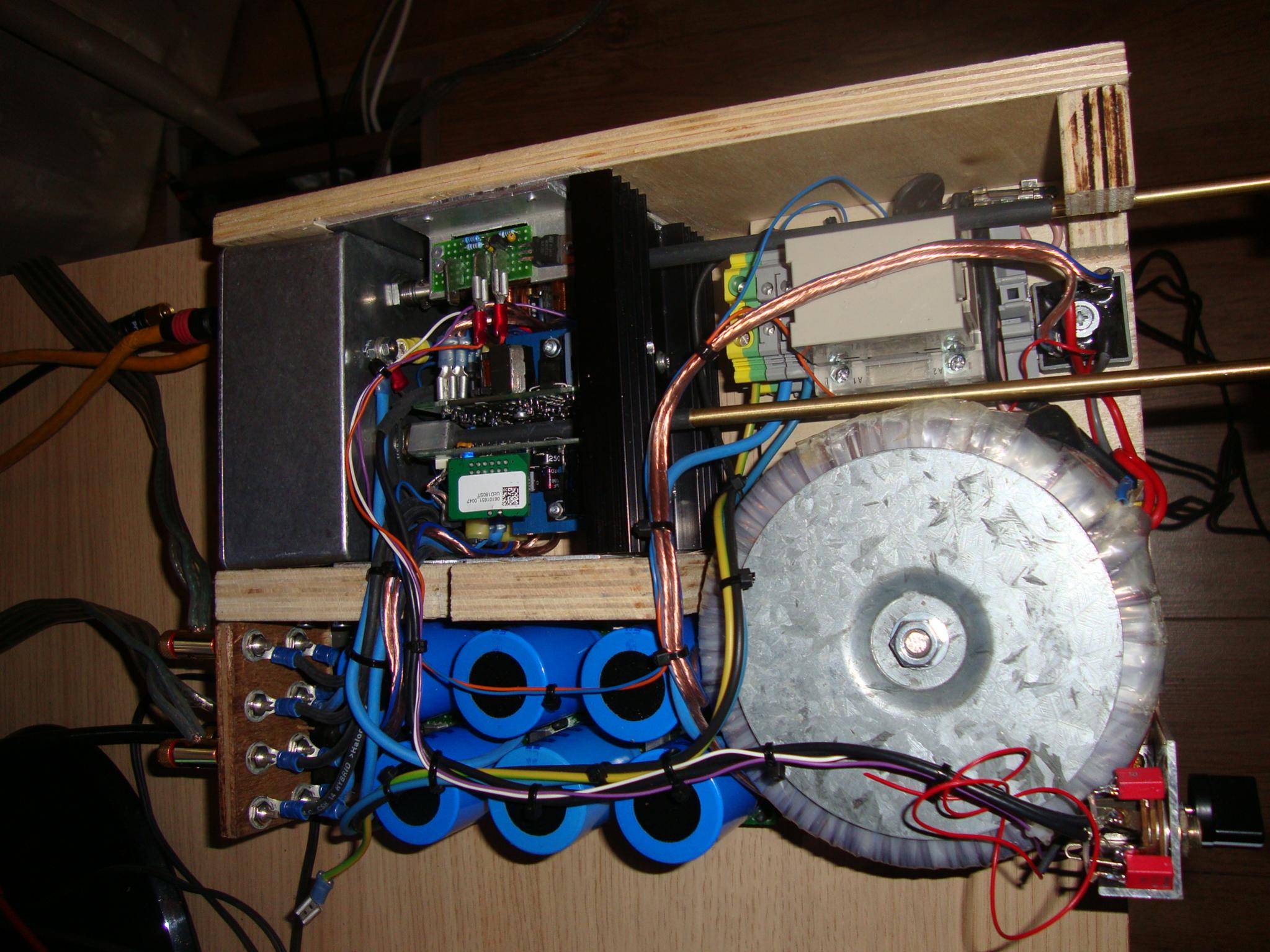
As long I do not under stand why a hrx shout be better.
My amp is build of spare birch multiplex pieces and other stuff that laid around. Next step I am working on build in a 24bit DAC.

Attachments
Last edited:
Those HxR regulators lower the PSU noise for the OP-amp and possibly other parts of the circuit I guess... can't be bad, so I thought "what the heck... lets have them too". Anyway, those regulators are not all that expensive.
No problems with the UcD modules getting too hot there Helmuth?
No problems with the UcD modules getting too hot there Helmuth?
Those HxR regulators lower the PSU noise for the OP-amp and possibly other parts of the circuit I guess... can't be bad, so I thought "what the heck... lets have them too". Anyway, those regulators are not all that expensive.
No problems with the UcD modules getting too hot there Helmuth?
No I mounted them to black a headsink from about 3 degrees/W.
two modules of 180 =360W X 8% losses =28,8W
3X28,8 =86,4 degrees rise with a ambient of 30 degrees 116,4 degrees.
But it isn't real to estimate that a stereo amp constant has to output 360W.
My occupation is electronics and one thing I do very often is temperature testing of switching lamp drivers we design from 50W to 40000W. This for UL approval and endurance testing.
Idle dissipation of two UcD180 is 8W or so, I dont think you'll get significantly more than that under load either, so if the amp is cold enough on idle - it should be ok.
Last edited:
No I mounted them to black a headsink from about 3 degrees/W.
two modules of 180 =360W X 8% losses =28,8W
3X28,8 =86,4 degrees rise with a ambient of 30 degrees 116,4 degrees.
But it isn't real to estimate that a stereo amp constant has to output 360W.
My occupation is electronics and one thing I do very often is temperature testing of switching lamp drivers we design from 50W to 40000W. This for UL approval and endurance testing.
You hardly will maintain that 3deg/w of the bare heat sink in the wooden enclosure you've built - but I agree - it might not need that much more than idle current dissipation - usually 🙂
Michael
I think by feeling it it will be 40-50 degrees. And I know how it feels. When you look good you see the sides are also aluminum. And the connection box is also aluminum. In-fact not all power will be direct radiated to the heat-sink on the circuit board so even with 8W loss not al the loss will end up on the heatsink. And I use a perforated alu plate at bottom and top to have good air flow.You hardly will maintain that 3deg/w of the bare heat sink in the wooden enclosure you've built - but I agree - it might not need that much more than idle current dissipation - usually 🙂
Michael
Infact I didn't calculate at all when building it I knew it would be enough.
And a wooden enclosure does ensure a real warmth audiofeel sound.
Last edited:
And a wooden enclosure does ensure a real warmth audiofeel sound.
Yeah - how could it be any different, with the components being prevented from any cold 😱😀
Michael
Yeah - how could it be any different, with the components being prevented from any cold 😱😀
Michael
Never use hardwood, harsh sound.😛
LOLAnd a wooden enclosure does ensure a real warmth audiofeel sound.
What type of wood sounds best ? 😀
I used the ucd180 because they have good specs and are cheapest in the range and I improved the opamp.
As long I do not under stand why a hrx shout be better.
My amp is build of spare birch multiplex pieces and other stuff that laid around. Next step I am working on build in a 24bit DAC.

I like the amp, very nice. In fact it's given me an idea🙂
David
As I advised birch ply wood one of the best woods for audio.LOL
What type of wood sounds best ? 😀
Best sound you get when you also strip your capacitors and place a wooden exterior.

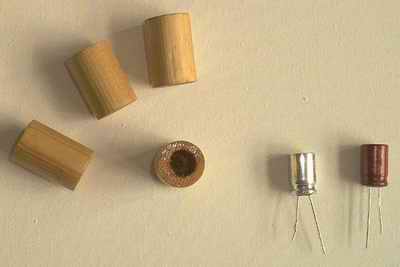
|| DHTRob - Kees & Olaf: Een electrolytische condensator verbouwd...||
Great - one would not believe what people get interested in - thanks for that link
The English version:
|| DHTRob - Projects: Rebuilding a capacitor (1).. ||
So there is some room for improvement with your multiplex housings - taking tropical woods 😉
(no good for the environment though !)
Stig Erik - you really have to adapt your old "life is too short..." for this 😀
Michael
The English version:
|| DHTRob - Projects: Rebuilding a capacitor (1).. ||
So there is some room for improvement with your multiplex housings - taking tropical woods 😉
(no good for the environment though !)
Stig Erik - you really have to adapt your old "life is too short..." for this 😀
Michael
without yokes wood is still a nice insulating material to work with mine was 16euro for paint and aluminium plate.
And look now like this.
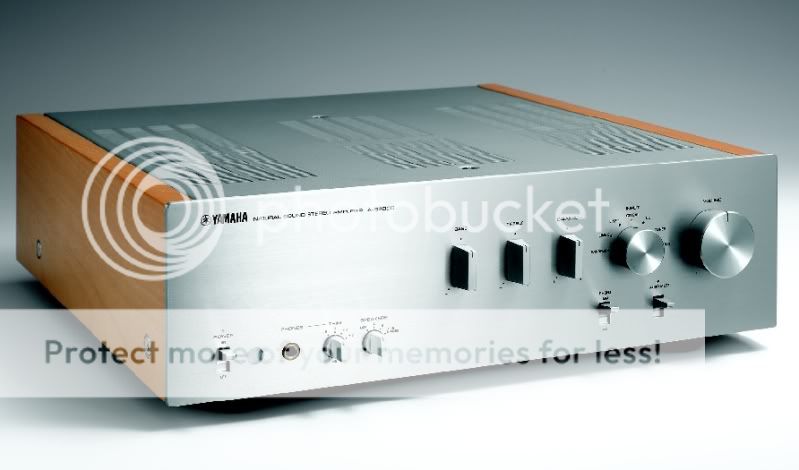
you see no difference.
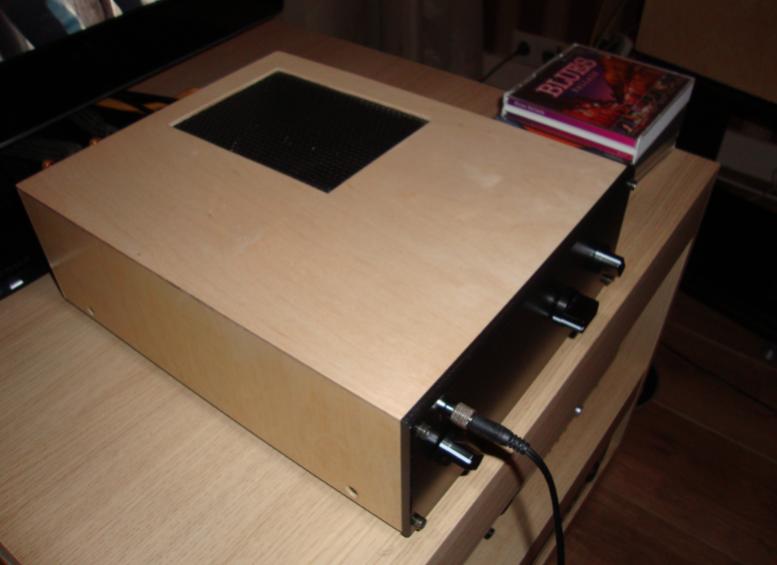
This also goos for the sound its makes and it makes DIY fun again. Fast to build great result and 600euro saved.
Metal is cheap to produce with for a manufaturer. I Like wood and do see a real advantage in the reduce unwanted parasitic capacitors in the amp.
And look now like this.

An externally hosted image should be here but it was not working when we last tested it.
you see no difference.

This also goos for the sound its makes and it makes DIY fun again. Fast to build great result and 600euro saved.
Metal is cheap to produce with for a manufaturer. I Like wood and do see a real advantage in the reduce unwanted parasitic capacitors in the amp.
Last edited:
Here is a link that shows that Icepower modules can come in an good looking cabinet and at a good price. Link
It contains 2 icepower 125 ASX2 modules for the price of 4000dkk (535euro). a four channel amp at that pricepoint is hard to beat in my mind
In black (what i would choose)
In white
It contains 2 icepower 125 ASX2 modules for the price of 4000dkk (535euro). a four channel amp at that pricepoint is hard to beat in my mind
In black (what i would choose)
An externally hosted image should be here but it was not working when we last tested it.
An externally hosted image should be here but it was not working when we last tested it.
An externally hosted image should be here but it was not working when we last tested it.
In white
An externally hosted image should be here but it was not working when we last tested it.
Last edited:
Mine has a 24 step attenuator speaker h-a-h-b-h-ab (h=head phone, a=output a,b=output b) switch and 6 inputs a 24 bit dacHere is a link that shows that Icepower modules can come in an good looking cabinet and at a good price. Link
It contains 2 icepower 125 ASX2 modules for the price of 4000dkk (535euro). a four channel amp at that pricepoint is hard to beat in my mind
In black (what i would choose)
An externally hosted image should be here but it was not working when we last tested it.
- Status
- Not open for further replies.
- Home
- Amplifiers
- Class D
- Hypex UcD180HG HxR or 400HG HxR ?
